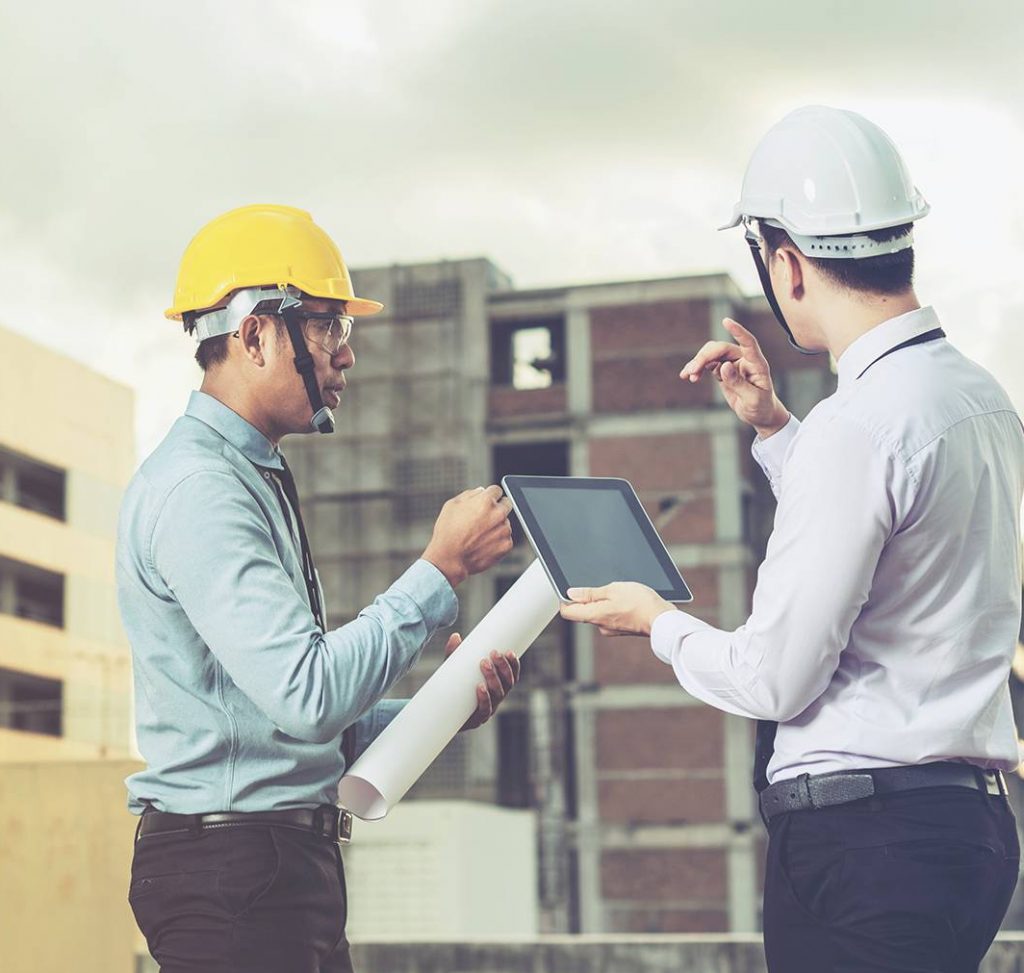Why Structural Audit of Industrial Buildings is Important: A Comprehensive Guide
Industrial buildings are critical assets that house complex operations, heavy machinery, and often hazardous materials. Ensuring the safety and stability of these structures is paramount to maintaining a safe working environment and protecting valuable resources. A structural audit of industrial buildings plays a crucial role in this regard, offering a systematic evaluation of the building’s health and ensuring that it meets safety standards.
- Ensuring Safety and Stability
Safety is the foremost reason for conducting a structural audit of an industrial building. Regular audits help identify potential structural weaknesses, signs of deterioration, or damage caused by wear and tear, environmental factors, or heavy machinery vibrations. Early detection of such issues can prevent catastrophic failures, such as partial or complete collapse, which could lead to injuries, loss of life, and significant property damage.
- Compliance with Regulations and Standards
Industrial buildings are subject to stringent safety and structural regulations enforced by local authorities, industry standards, and international codes. Structural audits ensure that your building remains compliant with these regulations, helping you avoid legal liabilities, fines, or potential shutdowns. Non-compliance can also affect your ability to obtain necessary permits and licenses for continued operation or expansion.
- Preventive Maintenance and Cost Efficiency
One of the key advantages of structural audits is their role in preventive maintenance. By identifying early signs of structural fatigue, corrosion, or other vulnerabilities, audits allow building owners to perform timely maintenance and repairs. This proactive approach helps avoid costly emergency repairs or replacements that could result from unchecked deterioration. In the long run, structural audits save money by extending the building’s life and preventing more significant damage.
- Extending Building Lifespan
Every structure has a finite lifespan, but with proper maintenance guided by regular structural audits, the life of an industrial building can be significantly extended. Audits provide insights into areas that need reinforcement or restoration, allowing owners to invest in targeted interventions that enhance the building’s strength and durability. This not only extends the building’s usability but also improves its performance and functionality.
- Risk Management and Liability Reduction
Structural audits play a critical role in risk management by identifying vulnerabilities that could lead to accidents, equipment failure, or even structural collapse. In industrial settings, such incidents can have severe consequences, including injury, downtime, financial loss, and damage to reputation. Regular audits help mitigate these risks, ensuring that the building remains a safe environment for employees, visitors, and operations.
- Meeting Insurance Requirements
Insurance companies often require structural audits as part of their risk assessment and underwriting process. A well-documented audit demonstrates that the building is well-maintained and compliant with safety standards, which can result in better insurance terms, lower premiums, and more comprehensive coverage. Failure to conduct regular audits may lead to increased insurance costs or, in some cases, denial of coverage.
- Enhancing Asset Value
Maintaining the structural integrity of an industrial building is crucial for preserving its value. Regular audits help ensure that the building remains in good condition, which is particularly important if the property is to be leased, sold, or expanded in the future. A structurally sound building is a valuable asset that can command higher market value and attract better business opportunities.
- Supporting Modifications and Upgrades
As industrial operations evolve, buildings may need modifications, expansions, or upgrades to accommodate new machinery, increase capacity, or meet changing operational needs. A structural audit provides essential information on the building’s current condition and its ability to handle additional loads. This data is critical for making informed decisions about upgrades and ensuring that modifications are safe and sustainable.
- Promoting Sustainability and Environmental Responsibility
Sustainability is a growing concern in the industrial sector, and maintaining the structural health of buildings plays a role in this effort. A structurally sound building is more energy-efficient and less prone to costly and wasteful repairs. By identifying and addressing issues early, structural audits help reduce the environmental impact associated with major renovations or demolition, supporting overall sustainability goals.
- Ensuring Business Continuity
Unexpected structural failures can lead to significant business disruptions, including operational downtime, production losses, and financial setbacks. Regular structural audits ensure that your building remains safe and functional, supporting uninterrupted operations and protecting your bottom line. This proactive approach helps safeguard your business against the unforeseen costs associated with structural damage or collapse.
Conclusion
A structural audit of an industrial building is not just a regulatory requirement; it is a vital process that safeguards the building’s safety, functionality, and long-term value. By identifying and addressing structural issues early, audits prevent accidents, reduce maintenance costs, and extend the building’s lifespan. They ensure compliance with safety standards, enhance risk management, and support sustainable operations. In essence, structural audits are a critical investment in the safety, stability, and success of your industrial facility.
Conducting regular structural audits reflects a commitment to maintaining a safe and productive environment, protecting both your assets and the people who work within them. Whether you own, manage, or operate an industrial building, making structural audits a priority is a decision that pays dividends in safety, savings, and peace of mind.

